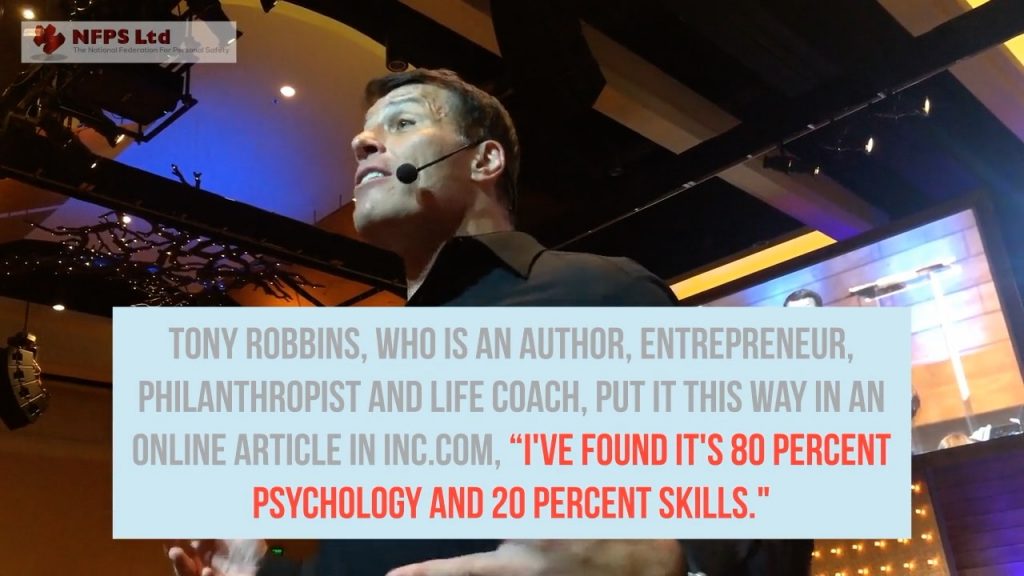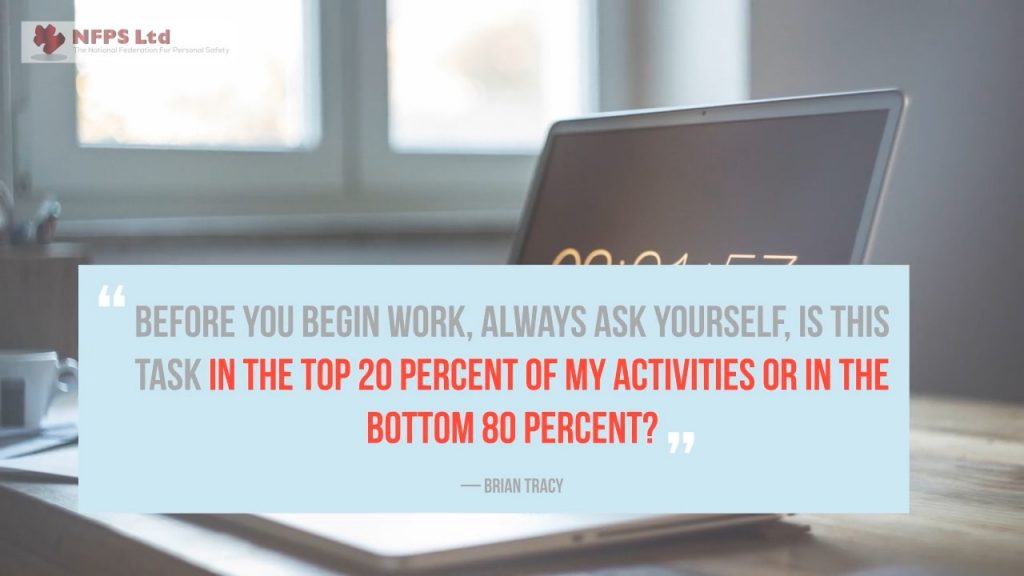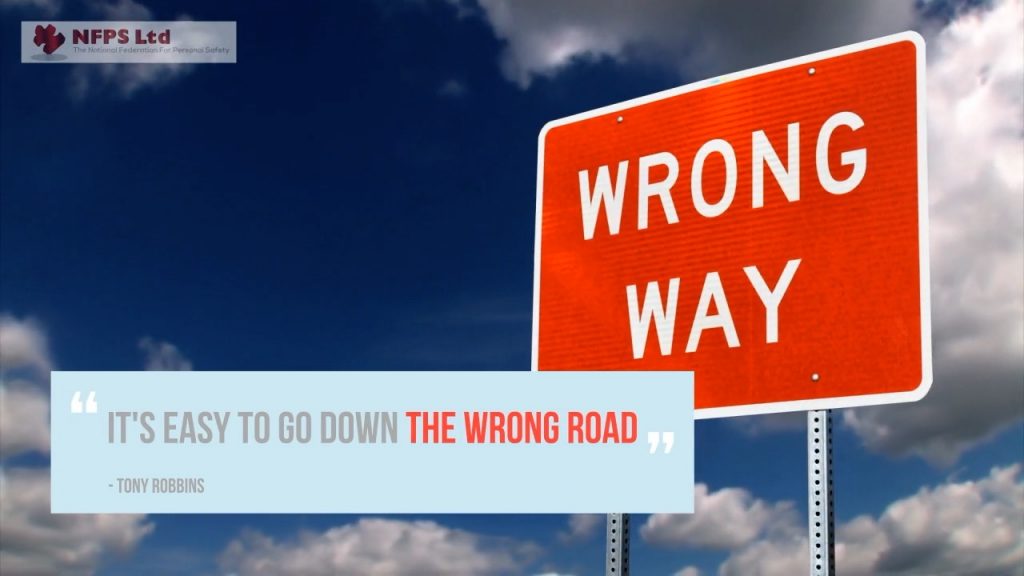According to the Pareto principle, 80 percent of our success is down to possibly less than 20 percent skill?
I was recently following a thread on someone’s Facebook profile in relation to an article called ‘Intelligence Is Overrated: What You Really Need To Succeed’ that was published by Forbes in April 2012, and I have linked in to at the end of this post.
The article cites research that was carried out by the Carnegie Institute of Technology, which stated that 85 percent of your financial success is due to skills in “human engineering,” your personality and ability to communicate, negotiate, and lead. Shockingly, only 15 percent is due to technical knowledge.
What’s The Point?
The point this person on Facebook was making was if that if only 15% of our ability to succeed was down to ‘technical knowledge’ what is the point in putting in so much time, effort, blood and sweat into learning lots of different skills and techniques with a view to becoming the best martial arts, self-defence or restraint trainer?
Therefore I thought I’d share my thoughts on this because if some of you have read the article and you are thinking of throwing the towel in too, let’s just stop and think for a moment what the article is actually saying, and look at this from a broader perspective.
Tony Robbins
Tony Robbins, who is an author, entrepreneur, philanthropist and life coach, put it this way in an online article in Inc.com,“I’ve found it’s 80 percent psychology and 20 percent skills,” and you can read the full article here – Tony Robbins Says Success Is Only 20 Percent Skill – and the Rest Is All in Your Head, and you can read that article here – https://www.inc.com/sonya-mann/tony-robbins-says-entrepreneurship-is-not-for-everyone.html
The ‘Pareto Principle’
This 80/20 rule is also known as the ‘Pareto Principle’, and was named after its founder, the Italian economist Vilfredo Pareto, back in 1895.
This rule suggests that 20 percent of your activities will account for 80 percent of your results.
Initially Vilfredo Pareto noticed that people in society seemed to divide naturally into what he called the “vital few,” or the top 20 percent in terms of money and influence, and the “trivial many,” or the bottom 80 percent.
Later, he discovered that virtually all economic activity was subject to this principle, in that 80 percent of the wealth of Italy during that time was controlled by 20 percent of the population.
While it doesn’t always come to be an exact 80/20 ratio, this imbalance is often seen in various business cases:
• 20% of the sales reps generate 80% of total sales.
• 20% of your customers will account for 80% of your businesses total profits.
• 20% of the most reported software bugs cause 80% of software crashes.
• 20% of patients account for 80% of healthcare spending (and 5% of patients account for a full 50% of all expenditures!)
So, what 20% of your work drives 80% of your outcomes?
Brian Tracy
Brian Tracy, is a Canadian-American motivational public speaker and self-development author over seventy books, in his article ‘The 80/20 Rule Explained’ he states: “Before you begin work, always ask yourself, Is this task in the top 20 percent of my activities or in the bottom 80 percent?”
You can read Brians article here – The 80 20 Rule Explained here – https://www.briantracy.com/blog/personal-success/how-to-use-the-80-20-rule-pareto-principle/
Successful people, in any walk of life, understand this principle.
In any industry sector, it is always worth learning more so that you can become a master of what you love.
‘Tony Robbins Says Success Is Only 20 Percent Skill – and the Rest Is All in Your Head’
In the article ‘Tony Robbins Says Success Is Only 20 Percent Skill – and the Rest Is All in Your Head’ he goes on to say “that the psychological aspect is dependent on how much you grow, improve, and push yourself beyond what you thought was possible”
He also says that “it’s easy to go down the wrong road”.
Therefore, in going back to the concern raised by the person on Facebook the real point is that it’s not about ‘wasting time’ in putting so much time, effort, blood and sweat into becoming good at what they do, it’s about identifying what the 15% or 20% of your efforts that are bringing you the biggest returns and focussing more on growing that area.
How We Apply The Pareto Principle In Our Business
In our business, we applied (and continue to apply) the Pareto principle in our training packages.
For example, when we started developing our BTEC Level 3 Restraint Instructor Award Course and our BTEC Level 3 Self-Defence Instructor Award Course we looked back at all of the training myself and my colleagues at the time had undertaken.
Some of us had done courses that were weeks long, but when we meticulously went through the course we found the following
1): Only 20% of the instruction was constructive. A staggering 80% was negative, for example, spending time telling learners what not to do.
2): Only 20% (and in some cases much less) of all the techniques taught were used by those trained in them (in one training package, there were 137 techniques that were being taught to staff).
3): To complicate things further the 137 techniques were broken down into various teaching points that resulted in even more things a learner had to remember!
As you can imagine, a lot of learners just couldn’t recall or remember the majority of what they had been taught and many were more concerned and worried about what they shouldn’t do as opposed to what they could do.
By applying the Pareto principle we managed to take out all of the unnecessary and unneeded elements which resulted in us being able to deliver a BTEC Level 3 Restraint Trainer Award Course in five-days and a BTEC Level 3 Self Defence Trainer Award Course in two days.
Independent Comparative Review of Our Training by Southampton University
And, as an independent comparative review of our training by Southampton University highlighted for a large healthcare organisation, we were able to reduce the number of techniques taught to staff from 137 to only 7 across all clinical areas, whilst complying with all of the legal statutory requirements.
This resulted in the staff of that organisation feeling more supported and able to cope with the circumstances that may arise in all of the service areas because of the simplicity of the techniques and the legal and ethical underpinning the system provided for them, compared with what they had before.
And this is just one example of how we make that principle work, but there are many others, such as only looking to work with clients who share our principles and values and ‘sacking’ (yes you heard that right) those clients or prospective clients who don’t fit our profile.
What Can You Do To Make The Pareto Principle Work For You?
So, the question for you is what can you do in your life or in your business to make the Pareto principle work?







